Financial Accounting Report: Analysis of Debt Instrument Investment
VerifiedAdded on 2022/10/15
|5
|1014
|380
Report
AI Summary
This report, prepared for Angela Kirk, the CEO of Wakefield Ltd, analyzes the accounting requirements for investing in debt instruments, focusing on the application of AASB 9. The report explains how debt instruments are classified as financial assets and the importance of recording them at fair value initially. It details the considerations for subsequent measurement, including amortized cost, fair value through profit or loss, and fair value through other comprehensive income. The analysis covers the implications of contractual terms, prepayment features, and the importance of proper disclosure in financial statements. The report emphasizes the significance of fair value in the market and provides a comprehensive overview of the factors that companies must consider when valuing debt instruments, ensuring compliance with accounting standards. The report concludes by summarizing the critical points for recording the value of debt instruments, including contractual cash flow and sale purposes, ensuring the value of the asset is recorded correctly in the company's financial statements. It also refers to the relevant paragraphs in AASB 9.
1 out of 5
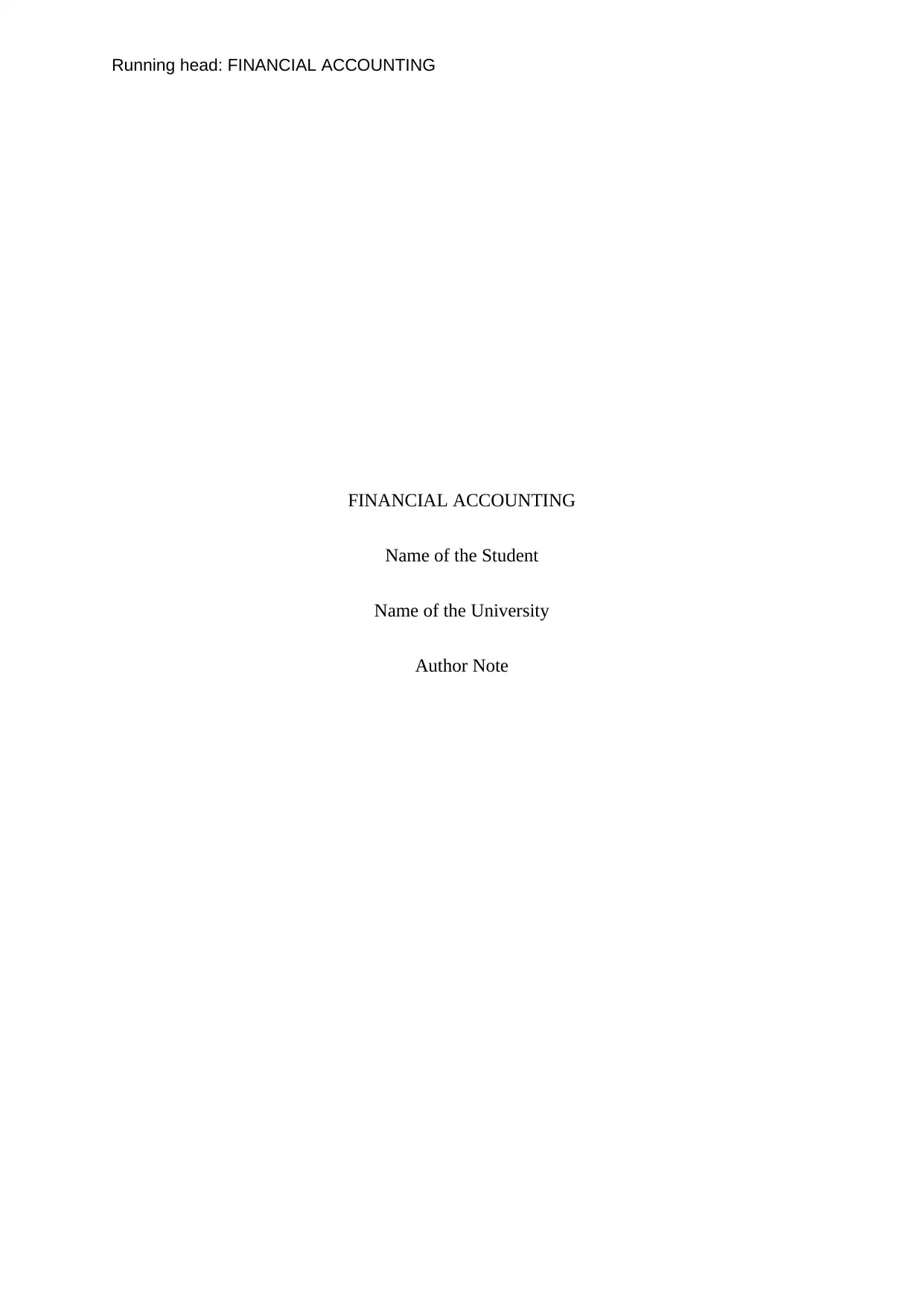
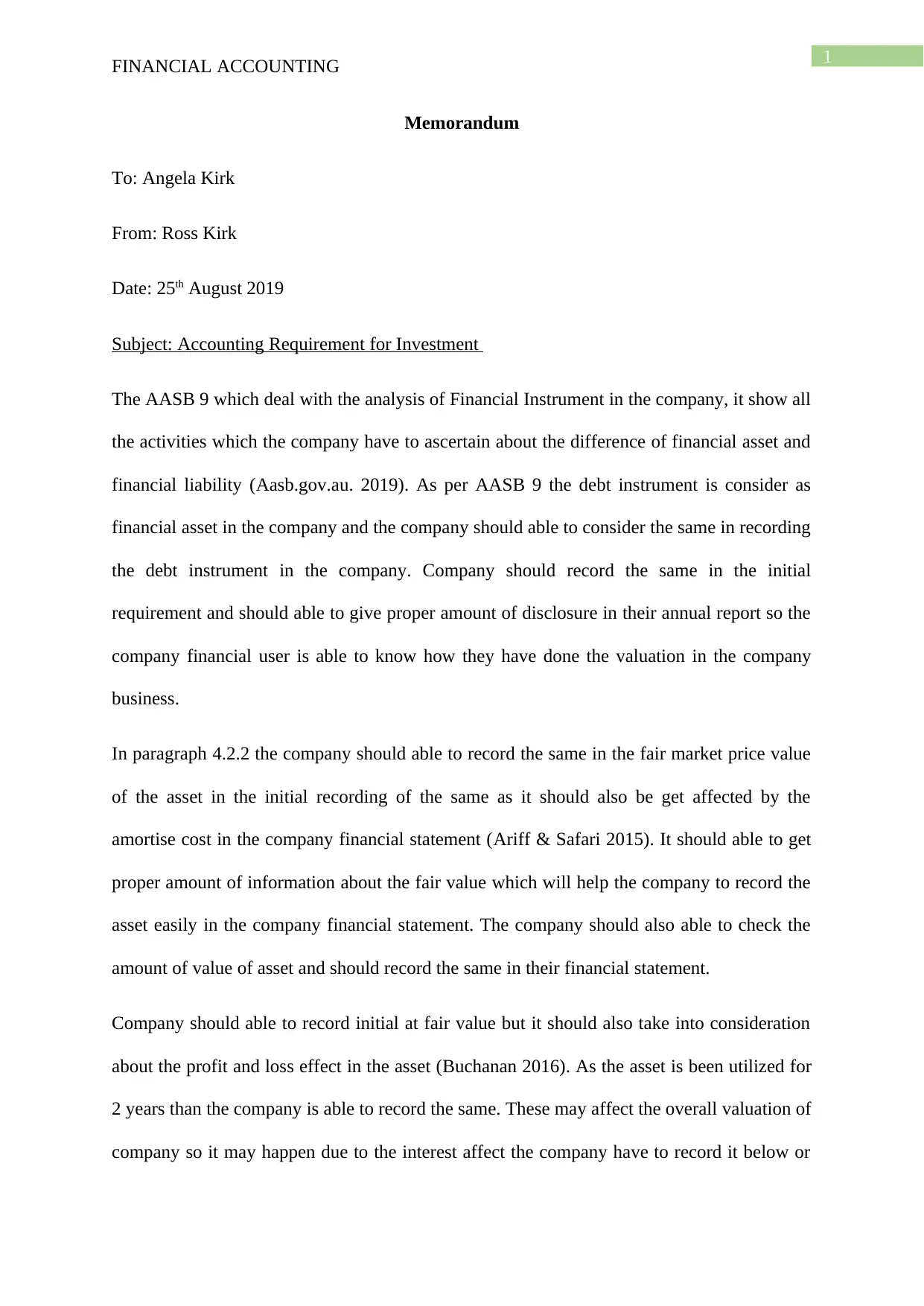
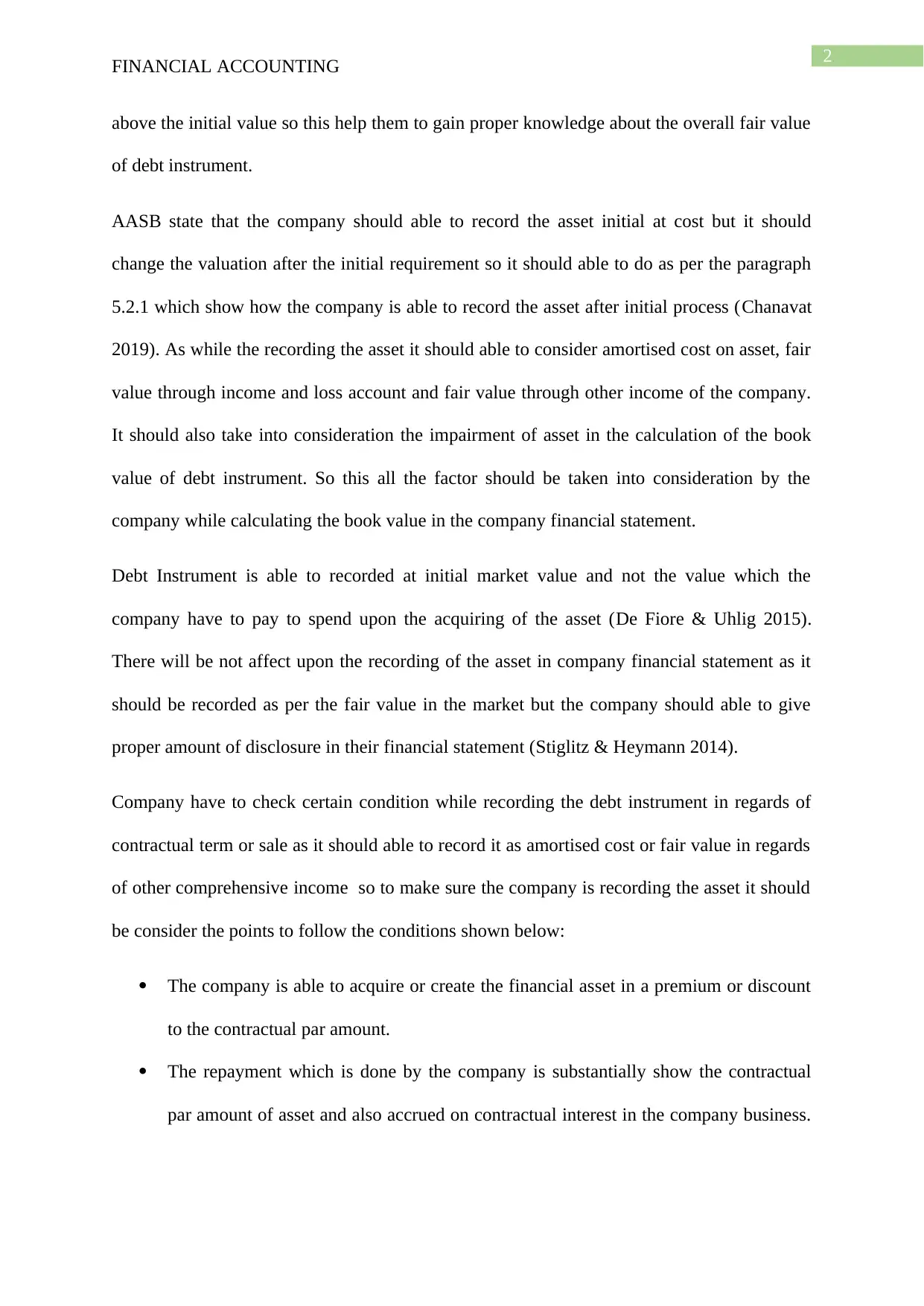

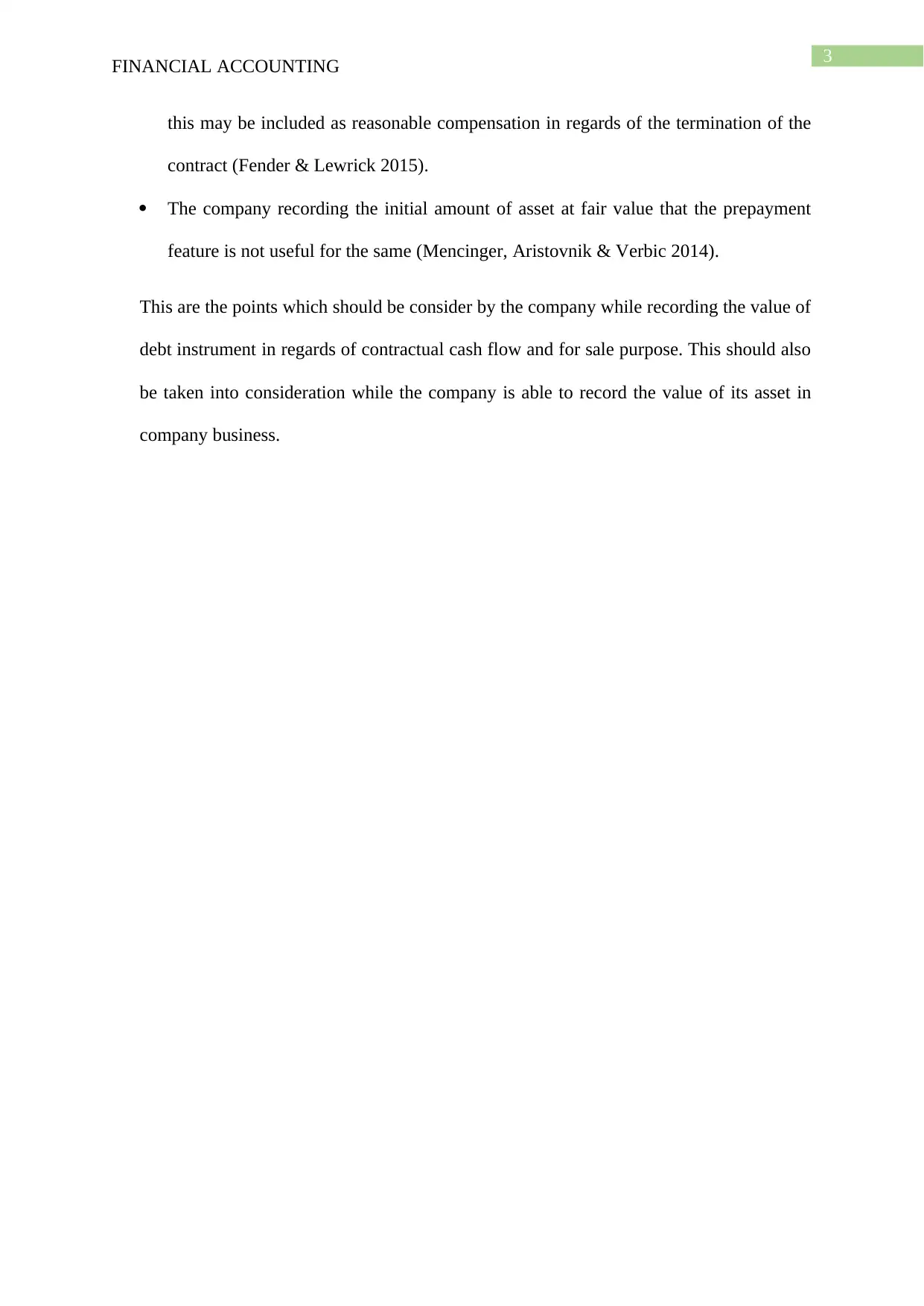
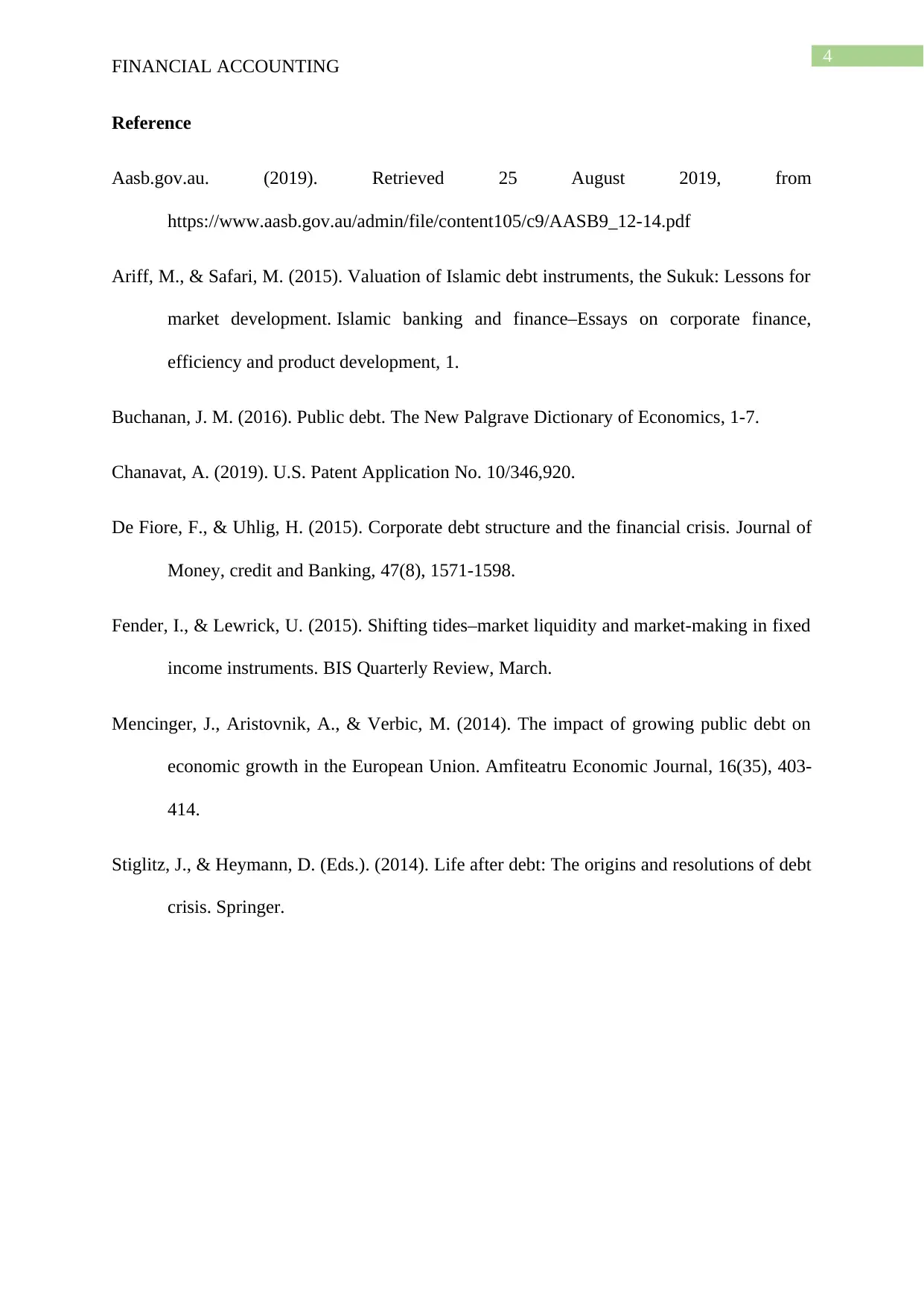





![[object Object]](/_next/static/media/star-bottom.7253800d.svg)